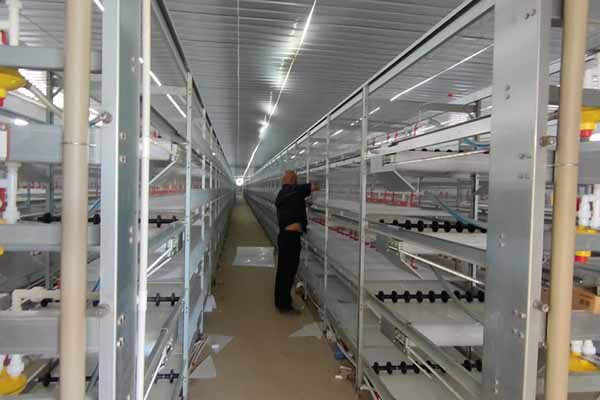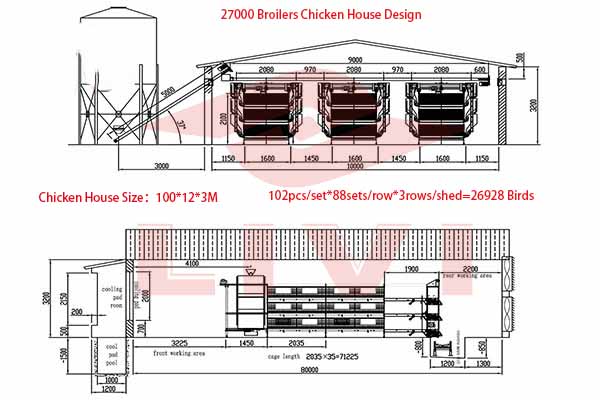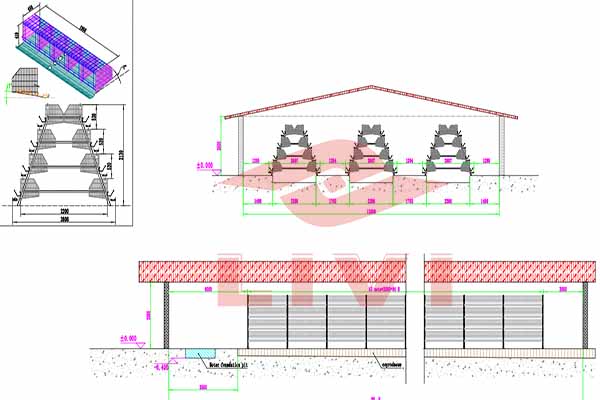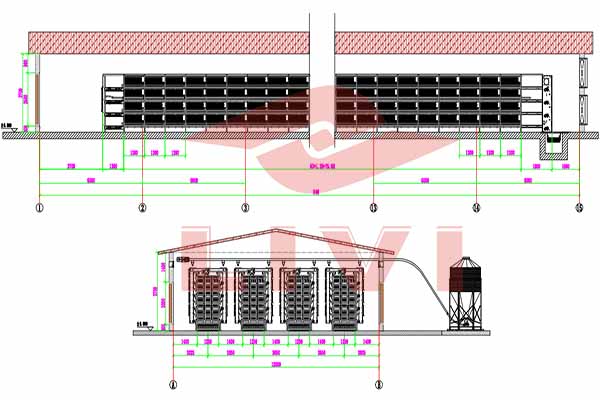Automated Egg Production System for 10,000 Layers in Nigeria: A Comprehensive Guide
Introduction
As the poultry industry in Nigeria continues to grow, the demand for efficient and automated egg production systems is on the rise. For larger scale operations, such as those with 10,000 layers, an automated system can significantly enhance productivity and reduce labor costs. This article provides a detailed overview of the key aspects to consider when implementing an automated egg production system for a 10,000-layer operation in Nigeria.
Key Components of an Automated Egg Production System
- Egg Laying Houses: These are designed to accommodate 10,000 layers and provide an optimal environment for egg production. Features include automatic feeding, lighting, and temperature control.
- Feeding System: Automated feeders ensure consistent and balanced nutrition, contributing to the health and productivity of the flock.
- Watering System: An automated watering system provides a constant supply of clean water, crucial for the health and well-being of the birds.
- Environmental Control: Advanced systems maintain optimal temperature, humidity, and air quality, which are essential for high egg production rates.
- Collection System: Eggs are collected automatically, reducing the risk of contamination and increasing efficiency.
- Incubation and Hatching: If hatching is part of the operation, an automated incubation system can be integrated to ensure the highest hatching rates.
Benefits of an Automated Egg Production System for 10,000 Layers

| Benefit | Details |
|---|---|
| Increased Productivity | Automated systems allow for around-the-clock operation, resulting in higher egg yields. |
| Reduced Labor Costs | Automated processes minimize the need for manual labor, leading to cost savings. |
| Improved Egg Quality | Consistent environmental control and feeding contribute to higher quality eggs. |
Enhanced Biose curity curity |
Automated systems reduce the risk of disease transmission within the flock. |
Challenges and Considerations
Implementing an automated egg production system for 10,000 layers in Nigeria comes with its own set of challenges:
- Initial Investment: The cost of sett
 ing up an automated system can be significant.
ing up an automated system can be significant. - Technical Expertise: Operating and maintaining such a system requires trained personnel.
- Power Supply: Reliable electricity is essential for the continuous operation of automated systems.
Conclusion
Investing in an automated egg production system for 10,000 layers in Nigeria can be a game-changer for poultry farmers and investors. While it requires a substantial initial investment and careful planning, the long-term benefits in terms of productivity, cost savings, and egg quality make it a worthwhile endeavor.
For more information on implementing an automated egg production system or to receive a free design and equipment quotation for your farm, please leave a comment below or contact us directly.




